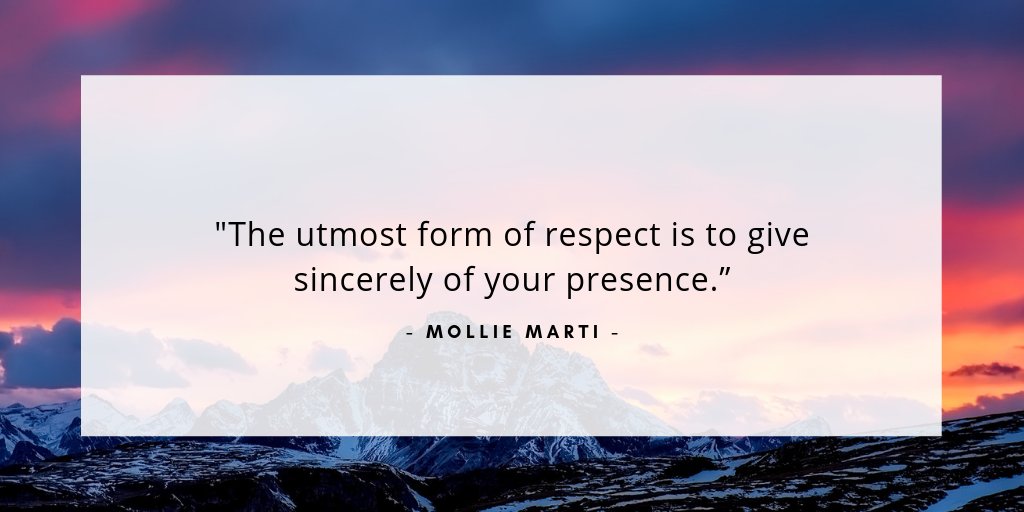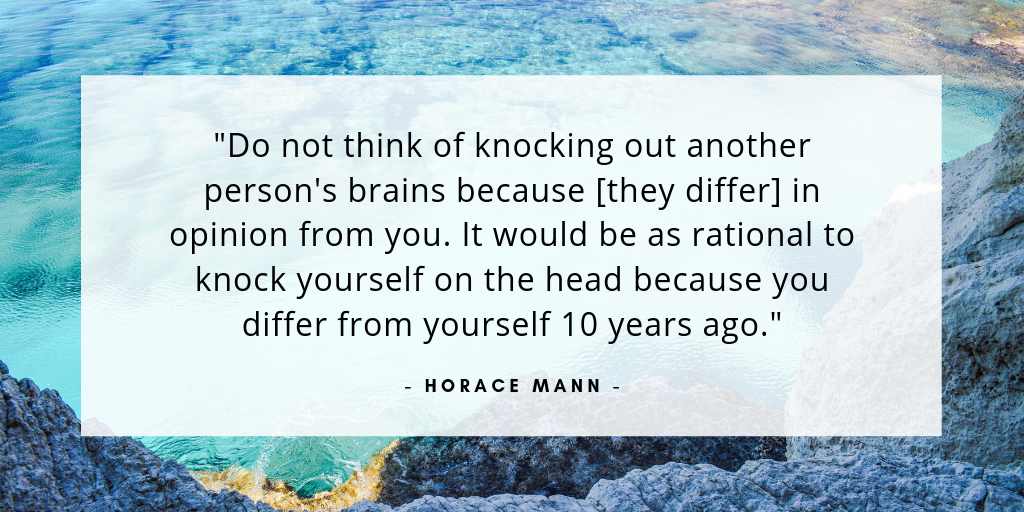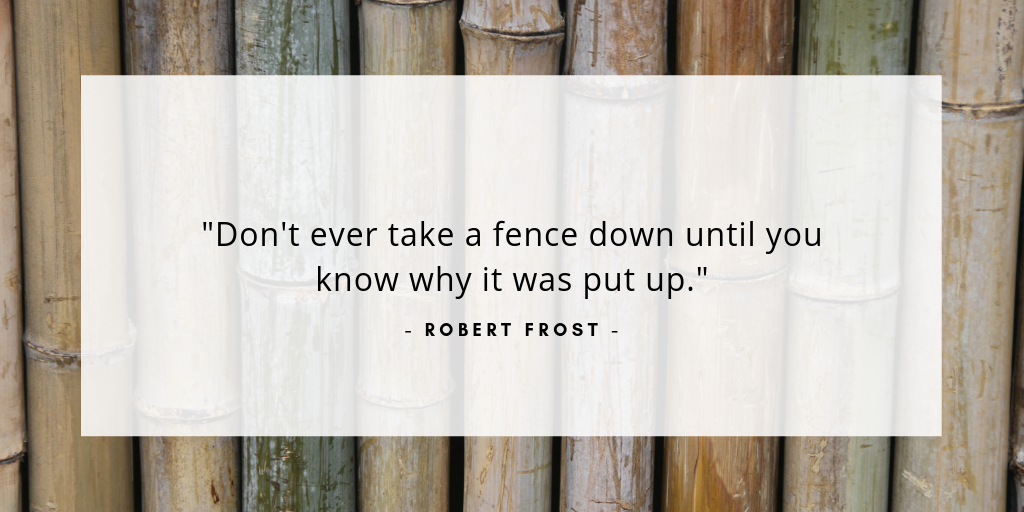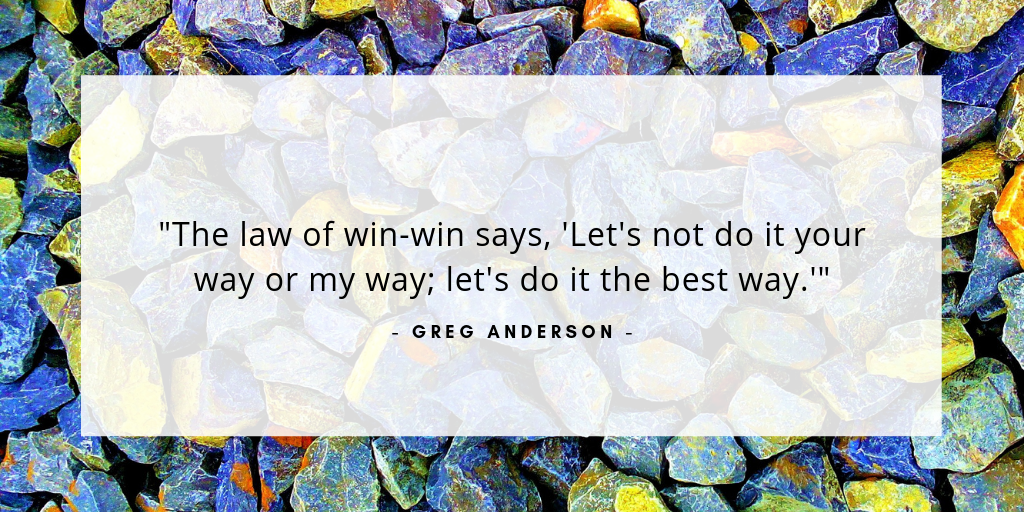Ah, Conflict. I used to fear it more than a zombie apocalypse.
But only one of these is perfectly natural and, in fact, must be faced. (Hint: It’s prominent on all TV shows, not just The Walking Dead.)
Numerous books have been written on the benefits of conflict and how to manage it. But I doubt you and your students have time to dive into a whole bookshelf, despite the critical importance of conflict resolution. So, I’d like to offer you a highly abridged version, focused on learning through doing.
I’ve found that the best way to get better at facing conflict is to — gasp — face conflict. That’s how I got over my fear. Well that, and by taking several conflict analysis and resolution courses in graduate school.
By no means is this humble blog post meant to substitute for careful, longtime study. Instead, I’m focusing on practical tips that you can put into practice immediately.
Dealing with a conflict of your own or one brewing between students? Try some of these out.
10 ways to face conflict
1. Take action ASAP
There’s no time like the present for addressing conflict. Waiting around will only result in emotions intensifying, with all involved parties feeling resentful, ignored, unappreciated, or a variety of other icky feelings.

If the conflict involves decision-making — perhaps related to program planning, student leadership elections, or event marketing — critical deadlines may be missed. Or, if you breeze through and make a decision anyway, without regard to someone else’s concerns, your decision may be ill-informed.
But, if you address a looming conflict at its onset, you’ll gain control over it. Telling the other person (or people) that you recognize the conflict’s existence and want to resolve it will demonstrate that you respect their input and their stake in the matter. Then, you can move forward as a team — differing in opinion but united in a desire to resolve the conflict.
2. Meet face-to-face
I wouldn’t fault you for attempting to resolve a conflict over text, phone, or email. I know that temptation well. It seems like it’ll save you time and let you avoid the discomfort of watching negative emotions play across someone’s face.
But, so much is missed when you attempt to hash things out virtually. Words can be misinterpreted, with sarcasm and sincerity mistaken for one another. Questions and points can be ignored, with the reader later claiming they somehow missed it. And emotions can be snubbed, with non-verbal cues like frowns, crossed arms, or nods gone unnoticed.

So, as inconvenient and as uncomfortable as it may seem, go for the in-person meeting. It’ll save you further inconveniences and moments of discomfort.
Or when meeting in-person truly isn’t possible, perhaps due to a student being home for the summer or a colleague working remotely, set up a video call.
Either way, be sure to give the other person a fair warning about what you’ll discuss. That way, they’ll have time to prepare, both mentally and logistically. They can get into the right emotional headspace and brainstorm solutions to contribute to the conversation. This is especially critical for individuals with learning disabilities or social anxiety.
3. Let the other person talk
Often, the best tactic is to shut up and listen.
Spilling out a prepared speech or launching into a defensive monologue turns the conflict into a one-person drama, with your emotions eating up everyone’s energy.
When you’re so focused on being understood, you don’t give the other person that same courtesy; you don’t understand them.
“Courage is what it takes to stand up and speak. Courage is also what it takes to sit down and listen.”
Winston Churchill
So, shut up for a second. (Ideally more.) Practice those active listening skills. Take time to discern: What is the person truly saying and experiencing? What might they be holding back, and why?
You can’t bridge the wide expanse of a conflict unless you know where the other person is. And you’ll only get there by listening.
4. Don’t assume
Don’t assume that your experiences or skills make your opinion more valid than anyone else’s. Whether your conflict is with a student, a brand-new coworker, or the dean of students, you don’t know what it is they know.

So, get back to those active listening skills. Their desires (which are causing the conflict) may not be selfish, foolish, or ill-informed. Give them the benefit of the doubt. Find out what they know.
Approaching conflict resolution as a fact-finding mission can help you obtain vital information while showing the other person that you aim to understand them and their stance.
5. Don’t make anyone the enemy
Thinking of anyone as a rival, adversary, or enemy — even without using that label out loud — sets you up for failure. You’ll come in ready to fight and win, not to listen and work it out.
Remember: It takes (at least) two to have a conflict. So, it doesn’t matter who “started it.” You need to come to a resolution together.
“Am I not destroying my enemies when I make friends of them?”
Abraham Lincoln
Adopting this attitude makes conflict less scary in and of itself. You won’t feel like you’re facing off against an enemy; you’re sitting down with a potential friend.
6. Look for the underlying emotion
Differences in opinion usually stem from emotion, not logistics. Take, for example, two student leaders arguing over which one of them will give a welcome speech at an event.
The conflict probably isn’t about the speech itself. Not really. Rather, each student is seeking recognition, appreciation, and a chance to shine. The speech is merely the means to those ends.
So, you should focus on addressing the emotions, rather than the controversial subject of the conflict. Knowing the emotions at stake can lead you toward creative solutions.

In the welcome speech example, perhaps you can give one student another event role that satisfies their emotional desires. They could give a goodbye speech, oversee the raffle, or star in the marketing video — anything that’ll make them feel celebrated and valued.
Or, sometimes simply assuring a student of their awesomeness — and their peers’ recognition of it — can be enough to loosen their grip on the conflict.
7. Apologize when you’re in the wrong
Admitting fault can go a long way in conflict resolution. When expressed sincerely, two short words — “I’m sorry” — say so much. They show that you recognize what was done wrong, that you know it was your fault, and that you care about the other person’s experience.
It’s especially powerful for a professional advisor, mentor, or supervisor to apologize to a student. It shows that, like them, you’re fallible, and that you’re comfortable admitting it.
“People think vulnerability will make you weak, but it does the opposite. It shows you’re strong enough to care.”
Victoria Pratt
It also gives students an excellent example of how to take responsibility for one’s actions and express vulnerability. These are vital life skills for students to develop. They should know that apologizing doesn’t make you, or them, weak.
8. Don’t look to “win”
Conflicts aren’t like poker, “Fortnite,” or a student government election; no one should aim to win at the expense of a competitor.
Such a stance represents the “competing” style of conflict within the popular Thomas–Kilmann Conflict Mode Instrument.

There are five basic approaches to conflict: Avoiding, accommodating, competing, and collaborating.
Avoiding might seem like the easiest, but it only results in harm. Accommodating comprises your own values and needs. Competing leaves the other person in the dust and could harm the relationship. Compromising sounds nice in theory but still results in losses.
So, collaboration is the one ultimate style to rule them all. When you advocate for both yourself and the other person, not only do you both “win”, but you learn and grow together. This strengthens your relationship and benefits the matter at hand — such as the campus event, office initiative, or student organization.
When you collaborate, conflict isn’t an annoying obstacle; it’s an invaluable opportunity.
But how do you collaborate? My next tip addresses that.
9. Stress shared values and goals
You might wonder how both parties can possibly win when they maintain opposing stances.
They key is in finding shared values and goals. Take, for example, two RAs within the same hall who want to run different programs on the same night.
They most certainly share some end goals: To engage with residents, be the best RAs they can be, and have a fun night.
So, to collaborate, focus on that. How, precisely, can they meet those end goals together? They may decide to merge the two programs, move one to a different night, or develop an entirely new program together.

As a neutral third-party, you can challenge students to pinpoint their values and goals, then stress the commonalities you discover. Finally, you can facilitate a discussion that leads to a solution.
Just remember: There’s no universal “right” solution. Don’t guide students toward a decision, no matter how brilliant you think it is, without fully understanding their perspectives. Hear them out, then empower them to collaborate on a solution that speaks to everyone’s goals and values.
Giving students the autonomy to propose (and follow through with) their own collaborations can turn the conflict into a great learning experience — far more so than issuing a ruling for them to abide by.
10. Forge a concrete path forward
Finally, make sure your solution is extensively laid out and understood by all. It’s not enough to promise, for example, that you’ll communicate more thoroughly with a coworker next time or hold longer meetings with a student.
Be precise. For the coworker, develop a communication plan. What will you contact them about? When? Through what modes?
For the student, how long will your meetings be? What’s the agenda? Can they add items to it?
A thorough plan will ensure that you’re on the same page, hold both parties accountable, and give you something to refer back to should things go awry. If necessary, the plan can certainly be tweaked or improved upon later — and the original document will serve as a reminder of your original collaboration.
“Conflict” shouldn’t be a cringe-worthy word; it should be celebratory. Working through conflict can help you and your campus community grow together. You just need the right attitude and tools.

How have you solved conflicts with coworkers or students? What do you still struggle with? We’d love to learn from your stories. Tweet us @themoderncampus.





